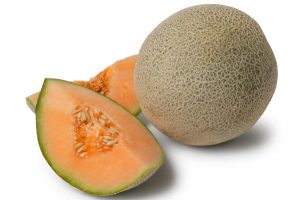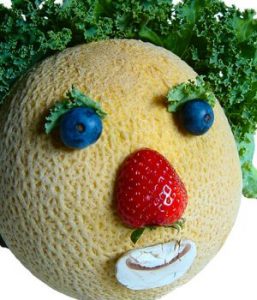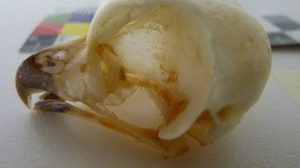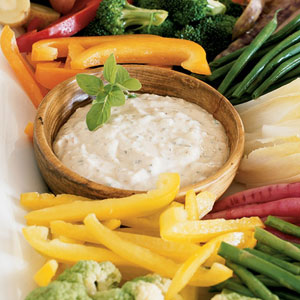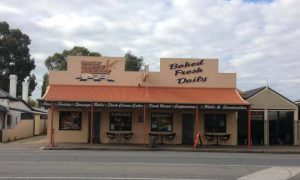The almost southern most state of Australia, South Australia has a population of 1.7 million people, and yet almost 1,200 South Australians were stricken by food poisoning in the past 12-months.
 Katrina Stokes of The Advertiser writes that according to the 2016/17 Health Department report, 17 food poisoning investigations conducted by officials revealed that dairy, poultry and meat products were responsible for the salmonella outbreaks.
Katrina Stokes of The Advertiser writes that according to the 2016/17 Health Department report, 17 food poisoning investigations conducted by officials revealed that dairy, poultry and meat products were responsible for the salmonella outbreaks.
New figures from SA Health reveal there have been a total of 1182 salmonella cases so far this year, compared to a total of 1561 in 2016.
Alarmingly, of this year’s cases, 17 per cent have been in children aged five or younger.
The biggest outbreak was at the InterContinental Hotel on July 31 last year after guests ate the buffet breakfast — and the cause was linked to cross contamination from eggs.
Of 140 people who reported feeling unwell, 85 were confirmed cases of salmonella and 20 were admitted to hospital.
Patients were treated for vomiting, diarrhoea, fever and headaches.
Other food poisoning cases in 2016/17 included:
CHILDREN at an out-of-hours care facility were struck down with gastroenteritis and an investigation identified one source was inadequate sanitation procedures in the kitchen. Some of the children also reported consuming eggs in an uncooked cupcake mixture. A total of 24 children were sick and 12 cases confirmed.
WEDDING guests fell ill after eating food, including chicken liver parfait and chicken galantine, at a restaurant. One food poisoning case was confirmed and a total of 12 people were sick.
DODGY egg sandwiches and wraps from a bakery caused a total of eight people to get sick. The source was the egg supplier.
Earlier this year, at least 14 people got sick after eating pork pies from the Pork Pie Shop at Victor Harbor.
An inspection of the bakery identified problems including possible contamination from raw egg wash used on the pies, inadequate storage temperature and cleaning of sanitising of equipment.
A total of 33 people got sick from a rare form of salmonella after eating rockmelon from an interstate producer in July 2016.
SA Health director of food and controlled drugs Dr Fay Jenkins said the exact cause of salmonella was often hard to pinpoint — but eggs, and egg handling, were often the culprit.
“To reduce the risk of sickness, do not use eggs if they are cracked or dirty, wash your hands after handling eggs and keep raw egg products like aioli, mayonnaise and mousse refrigerated,” she said.
How about, cook eggs.
A table of Australian egg outbreaks is available at https://barfblog.com/wp-content/uploads/2017/05/raw-egg-related-outbreaks-australia-5-1-17.xlsx.
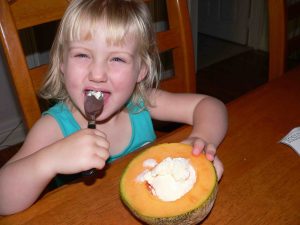 By the end of the outbreak, 33 people were killed and at least 140 sickened.
By the end of the outbreak, 33 people were killed and at least 140 sickened.

